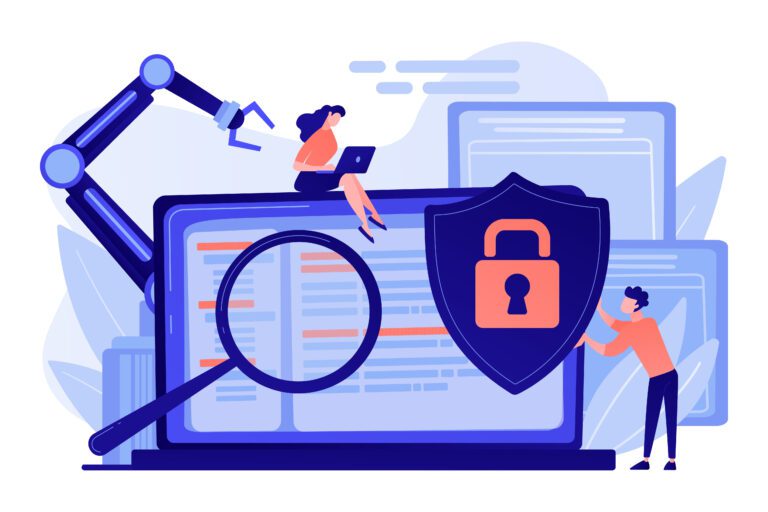In the contemporary threat environment, businesses perpetually face the threat of cyberattacks. Against such a backdrop, embracing a zero-trust security model could prove to be an astute move for strengthening cybersecurity.
The zero-trust paradigm operates on the principle that every entity — be it humans, machines, or applications — poses a potential threat to your network and must earn trust before being allowed access to an organization’s network or data. By enforcing authentication and verification at each stage, the zero-trust approach poses formidable hurdles for hackers attempting to infiltrate via a compromised user account or device.
However, as the zero-trust model gains traction, there’s been a corresponding surge in misconceptions, primarily fueled by security vendors vying to sell their purportedly miraculous solutions. In this discourse, we’ll debunk prevalent zero-trust myths and illuminate how an IT service provider can streamline this intricate process, thereby eliminating any potential impediments.
Debunking the Top Zero-Trust Myths
Let’s navigate through four prevalent misconceptions revolving around the zero-trust framework and counter them with reality:
Myth #1: I can secure zero trust for my business by employing a zero-trust product.
Fact: No product offers an instant zero-trust solution. Zero trust represents a security strategy requiring systematic application. Nevertheless, certain solutions and tools can augment the framework. Collaborating with an IT security provider can assist you in identifying and deploying solutions optimally suited to your business requirements.
Myth #2: Zero trust implementation is too complex for me.
Fact: Undoubtedly, a zero-trust security framework can be daunting for businesses with limited knowledge or resources. However, lack of expertise isn’t a bottleneck if you engage a reputable IT service provider. Such a provider can evaluate your business’s risk profile and craft a pragmatic roadmap to enact a comprehensive and efficient zero-trust security strategy.
Myth #3: Zero trust implementation will hinder my employees’ efficiency and dampen morale.
Fact: Zero trust actually fosters a superior user experience and encourages enhanced collaboration. However, increased security layers can potentially induce friction and diminish efficiency. An IT service provider can play a pivotal role here by proposing user-friendly policies and intuitive solutions that strike a fine balance between security and convenience, thereby ensuring uninterrupted job performance by your employees.
Myth #4: Enacting zero trust is prohibitively expensive.
Truth: While it’s true that implementing zero trust may incur considerable costs, this outlay pales in comparison to the financial repercussions of a major cybersecurity incident. Additional resources and tools may be necessary for optimizing a zero-trust security model, but cost-control and efficiency enhancement can be achieved by opting for an IT service provider.
Seize the Moment, Secure the Future
The importance of the zero-trust framework for safeguarding your business against cyber threats while ensuring business continuity during a breach cannot be overstated. Implementing zero trust independently, however, can pose significant challenges. Hence, aligning with a specialist like us can prove beneficial. Reach out to us to explore how our expertise can help you establish an efficient zero-trust model with minimal strain.
The time to act is now. Embark on your journey toward a more secure future for your business with a zero-trust security model. Connect with us today to initiate this transformative journey!







